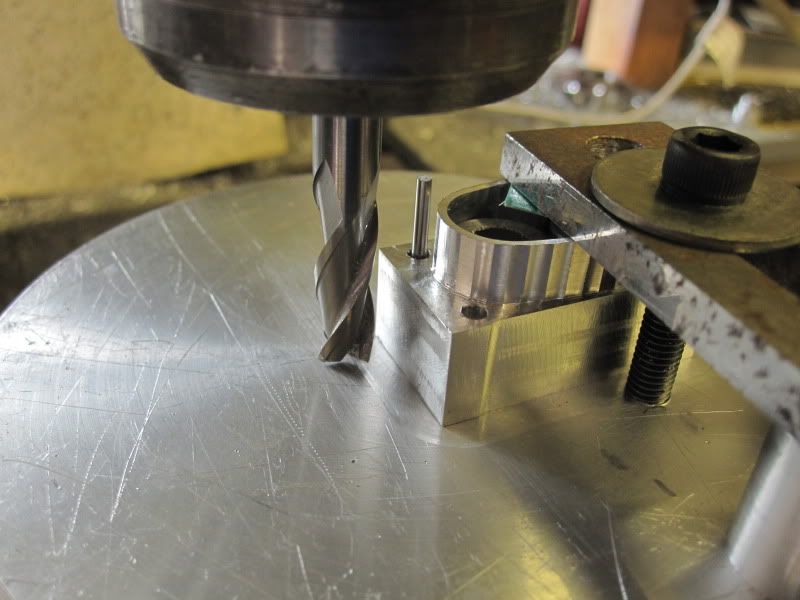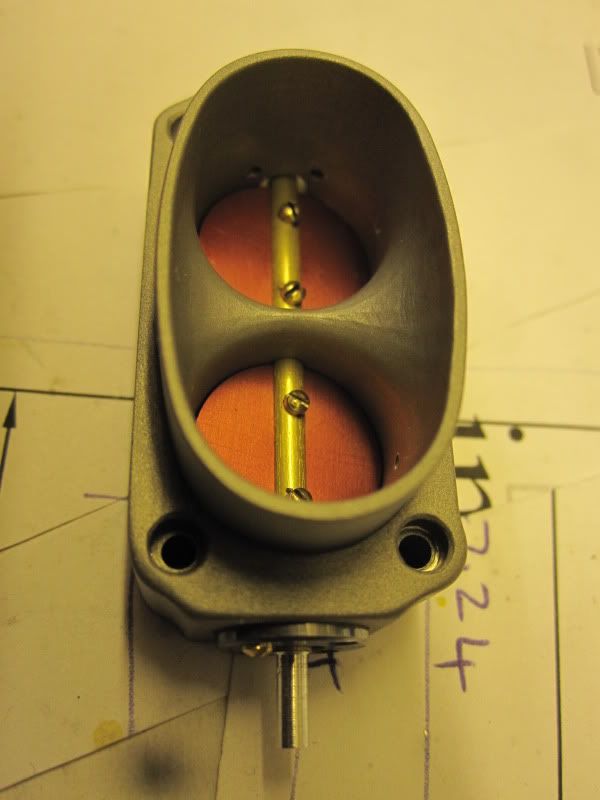- Joined
- Dec 5, 2009
- Messages
- 510
- Reaction score
- 47
Ok,
You people are making these incredible, machining features.
I look at your models, and see the round raised areas around bolt flanges, and raised areas with curves and such, now when I look at that, I'm thinking rotary table, and x,y, axis movements on the mill table, that's alot of different table and rotary moves to keep track with, so is this the method for making these features, or can these be done without a rotary table, and use files and grinders an things?
Can someone please explain in basic details, how you guys accomplish these features,
it is almost like trying to figure out how a magic trick was done, you think of the most impossible means of doing that trick, but when it is revealed how its done, you realize, WOW, that wasn't so hard to do, once you know there secret of how they do it.
So could you machining magicians, reveal some of your secrets to the rest of us, so we can do the same tricks....
Excellent job all you guys and gals, who do the superb model engineering projects on this board.
Have a great day...
You people are making these incredible, machining features.
I look at your models, and see the round raised areas around bolt flanges, and raised areas with curves and such, now when I look at that, I'm thinking rotary table, and x,y, axis movements on the mill table, that's alot of different table and rotary moves to keep track with, so is this the method for making these features, or can these be done without a rotary table, and use files and grinders an things?
Can someone please explain in basic details, how you guys accomplish these features,
it is almost like trying to figure out how a magic trick was done, you think of the most impossible means of doing that trick, but when it is revealed how its done, you realize, WOW, that wasn't so hard to do, once you know there secret of how they do it.
So could you machining magicians, reveal some of your secrets to the rest of us, so we can do the same tricks....
Excellent job all you guys and gals, who do the superb model engineering projects on this board.
Have a great day...







